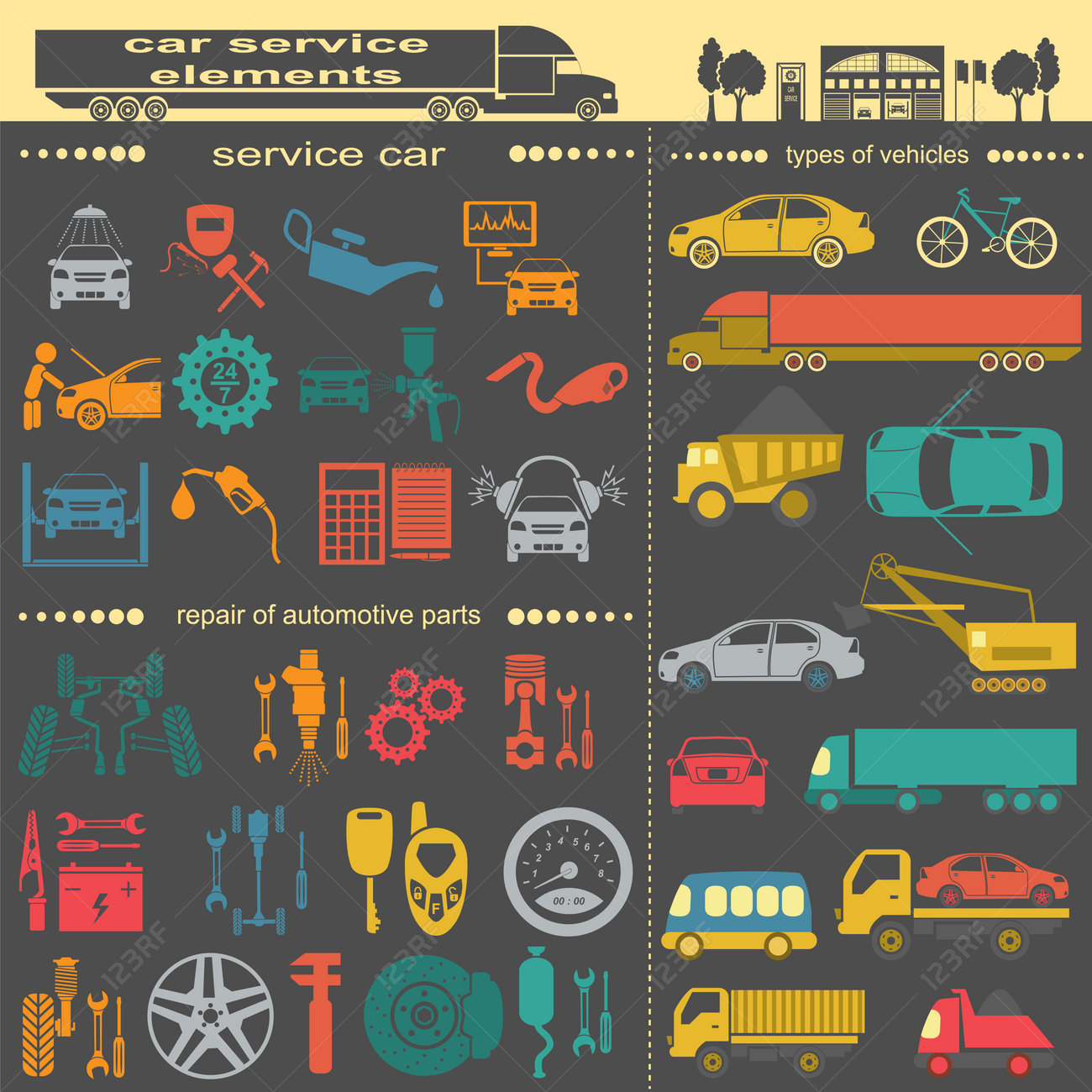Assessing Your Vehicle'S Caution Indicators: What They Really Convey
Assessing Your Vehicle'S Caution Indicators: What They Really Convey
Blog Article
Post By-Boye Alvarado
When you're behind the wheel, those beautiful warning lights on your control panel can be a bit complicated. Do you understand what they're attempting to tell you about your car's health and wellness? Comprehending the significance of these lights is vital for your safety and the durability of your lorry. So, the following time one of those lights appears, would not you intend to decipher its message properly and take the needed actions to resolve it?
Common Caution Lights and Interpretations
Determine common warning lights in your automobile and understand their definitions to guarantee risk-free driving.
One of the most typical caution lights include the check engine light, which signals concerns with the engine or discharges system. If this light begins, it's vital to have your vehicle checked without delay.
The oil stress warning light indicates low oil pressure, needing immediate focus to prevent engine damages.
A flashing battery light may recommend a defective charging system, potentially leaving you stranded otherwise attended to.
The tire stress surveillance system (TPMS) light alerts you to low tire stress, impacting vehicle stability and gas efficiency. Ignoring this might cause harmful driving problems.
The abdominal light suggests a problem with the anti-lock braking system, compromising your capacity to stop promptly in emergency situations.
Last but not least, the coolant temperature level cautioning light warns of engine overheating, which can result in severe damages otherwise solved swiftly.
Comprehending these typical caution lights will certainly help you deal with issues immediately and preserve risk-free driving conditions.
Value of Prompt Interest
Understanding the usual caution lights in your automobile is just the first step; the relevance of immediately resolving these cautions can not be emphasized sufficient to ensure your safety on the road.
When a warning light brightens on your dashboard, it's your automobile's way of connecting a possible issue that requires attention. Ignoring these warnings can cause extra severe troubles in the future, endangering your safety and possibly costing you extra out of commission.
read review to alerting lights can avoid break downs and mishaps. For example, a blinking check engine light could suggest a misfire that, if left unattended, can cause damage to the catalytic converter. Addressing this quickly can save you from a pricey repair.
Similarly, a brake system advising light could indicate reduced brake fluid or worn brake pads, important elements for your safety and security when driving.
Do It Yourself Troubleshooting Tips
If you see a caution light on your dashboard, there are a few do it yourself repairing suggestions you can attempt prior to seeking professional aid.
The primary step is to consult your automobile's handbook to understand what the specific caution light indicates. Occasionally the issue can be as simple as a loosened gas cap causing the check engine light. Tightening the gas cap might settle the issue.
An additional usual issue is a low battery, which can cause various alerting lights. Examining https://www.kfyrtv.com/2022/07/18/disney-land-or-fix-ac-when-it-gets-hot-sometimes-its-not-an-easy-decision/ for rust and ensuring they're safe could deal with the problem.
If a caution light continues, you can attempt resetting it by disconnecting the cars and truck's battery for a few mins and then reconnecting it. Additionally, inspecting your vehicle's fluid levels, such as oil, coolant, and brake liquid, can aid fix alerting lights related to these systems.
Final thought
In conclusion, understanding your cars and truck's caution lights is essential for maintaining your automobile running efficiently and securely. By immediately resolving these signals and understanding what they imply, you can avoid pricey fixings and prospective break downs.
Bear in mind to consult your cars and truck's handbook for certain details on each advising light and act appropriately to guarantee a trouble-free driving experience.
Remain informed, stay secure on the road!
